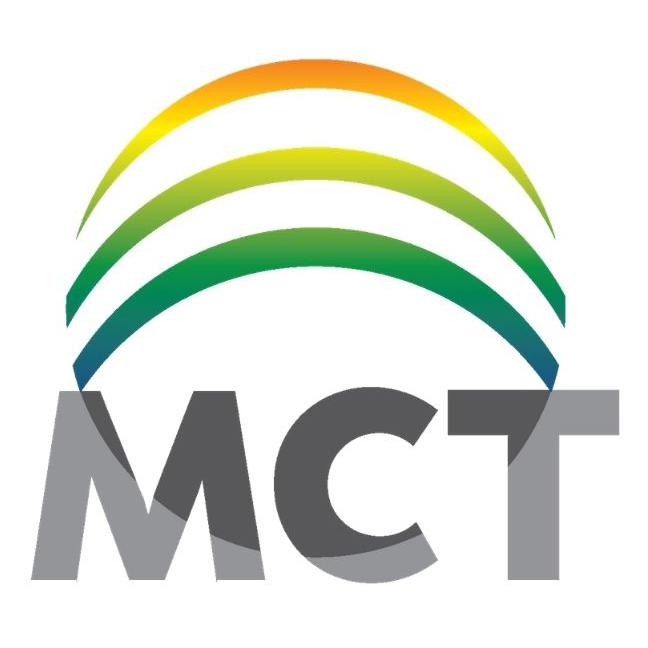Self-Health Promotion Potential of Elderly with Chronic Disease in Si Samrong District, Sukhothai Province
DOI:
https://doi.org/10.60101/jimc2023.707Keywords:
Chronic Disease, Elderly, Self-Health PromotionAbstract
The objectives of this research were to analyse the self-health promotion potential of the elderly with chronic disease and to find the relationship between various factors and the self-health promotion potential of the elderly with chronic disease in Si Samrong District, Sukhothai Province in order to develop the potential for self-health promotion in elderly. The elderly over the age of 60 were the demographic studied in this study. Si Samrong District was chosen as the study region because it has the highest proportion of elderly people with chronic disease. The multistage sampling strategy was used to include 360 senior people in the study. The research employed questionnaires. The statistics were analysed by percentage, mean, and standard deviation, and logistic regression analysis. The result found that 54.1 percent of the sample was female and 45.8 percent was male, and 51.3 percent were between the ages of 60 and 69. The average age was 72 years old. Most of them completed primary education (80.5 percent). They were the most likely to work in agriculture (70.8 percent) and to have chronic conditions (55.5 percent). The results of the health promotion potential of the elderly with chronic diseases at a high level were seeing a doctor for an appointment (58.61 percent), and engaging in social events (58.61 percent). The analysis of the relationship between the potential to promote self-health in the elderly and the condition of chronic disease in the elderly found that eating healthy food was associated with chronic disease at a statistically significant level of 0.05 (OR = 2.19, 95% CI: 1.26–3.72). The sample with one chronic disease were 2.19 times more likely than those with multiple chronic diseases to consume health-promoting foods. Ignoramus movement showed a statistically significant correlation with chronic disease at the 0.05 level (OR = 1.27, 95% CI: 1.14–1.42). The sample with occasional chronic diseases were 1.27 times more likely to be physically active than those with chronic diseases, and stress management was associated with chronic disease at a statistically significant level of 0.05 (OR = 1.12, 95% CI: 1.03–1.20). The sample with one chronic illness managed stress 1.11 times better than those with more than one chronic illness. In order to enhance the health of the elderly, information should be given through a variety of media, including booklets, news broadcasting towers, and public health volunteers.
References
จอมชัย คงมณีกาญจน์, ปิยะ ศิริลักษณ์, และณรงค์ศักดิ์ หนูสอน. (2563). การจัดการสิ่งแวดล้อมที่เอื้อต่อสุขภาพผู้สูงอายุ. วารสารวิทยาลัยพยาบาลบรมราชชนนี อุตรดิตถ์, 12(1), 28-38.
ดาลิมา สำแดงสาร, ทิพมาส ชิณวงศ์, และเพลินพิศ ฐานิวัฒนานนท์. (2562). ปัจจัยที่มีความสัมพันธ์กับความร่วมมือในการรักษาของผู้สูงอายุโรคความดันโลหิตสูง. วารสารพยาบาลสงขลานครินทร์, 39(3), 51-66.
ทวีศักดิ์ หล้าภูเขียว. (2547) การได้รับการดูแลจากครอบครัวของผู้สูงอายุในเขตเทศบาลตำบลหนองหิน กิ่งอำเภอหนองหิน จังหวัดเลย. [วิทยานิพนธ์ปริญญามหาบัณฑิต, ไม่ได้ตีพิมพ์]. มหาวิทยาลัยราชภัฏเลย.
ภัทรรดา อุ่นกมล. (2562). การมีส่วนร่วมในกิจกรรมทางสังคม การรับรู้คุณค่าของตนเอง และความพึงพอใจในชีวิตของผู้สูงอายุเขตจตุจักร กรุงเทพมหานคร. วารสารสังคมศาสตร์ มหาวิทยาลัยศรีนครินทรวิโรฒ, 22(1), 125-136.
มูลนิธิสถาบันวิจัยและพัฒนาผู้สูงอายุไทย. (2563). สถานการณ์ผู้สูงอายุไทย พ.ศ. 2562. สถาบันวิจัยประชากรและสังคม มหาวิทยาลัยมหิดล.
มูลนิธิสถาบันวิจัยและพัฒนาผู้สูงอายุไทย. (2564). สถานการณ์ผู้สูงอายุไทย พ.ศ. 2563. สถาบันวิจัยประชากรและสังคม มหาวิทยาลัยมหิดล.
ระบบสถิติทางการทะเบียน. (2566, 25 กรกฎาคม). สถิติผู้สูงอายุไทยปี 65 จำนวนผู้สูงวัยเพิ่มต่อเนื่องแต่อัตราการเกิดต่ำ. https://marketeeronline.co/archives/272771.
เรณุวัฒน์ โคตรพัฒน์, รังสรรค์ สิงหเลิศ, และณรงค์ฤทธิ์ โสภา. (2564). รูปแบบการพัฒนาพฤติกรรมการส่งเสริมสุขภาพผู้สูงอายุในชนบท จังหวัดมหาสารคาม. วารสารสังคมศาสตร์เพื่อการพัฒนาท้องถิ่น มหาวิทยาลัยราชภัฏมหาสารคาม, 5(3), 166-174.
วุฒิพงษ์ บัวสาย. (2566). ปัจจัยที่มีความสัมพันธ์กับคุณภาพชีวิตของผู้สูงอายุ ตำบลหนองย่างชิ้น อำเภอเรณูนคร จังหวัดนครพนม. วารสารวิจัยและพัฒนานวัตกรรมทางสุขภาพ, 5(1), 19-28.
ศูนย์วิจัยกสิกรไทย. (2561, 16 มีนาคม). จากตลาดผู้สูงอายุขุมทอง SME ไทย. https://www.kasikornbank.com/th/business/hsme/KSMEKnowledge/article/KSMEAnalysis/Documents/AgingMarket_SME-Treasure_2018.pdf
สถาบันวิจัยประชากรและสังคม มหาวิทยาลัยมหิดล. (2565, 26 มิถุนายน). Research Brief การเข้าถึงระบบบริการทางสังคมของประชากรในครัวเรือนก่อนวัยสูงอายุและผู้สูงอายุ ที่มีรูปแบบการอยู่อาศัยต่างกันเพื่อนำไปสู่แนวทางการสนับสนุนการบริการที่เหมาะสม. https://ipsr.mahidol.ac.th/wp-content/uploads/2022/07/Research-brief-EAP-updated_compressed.pdf
สำนักงานคณะกรรมการพัฒนาการเศรษฐกิจและสังคมแห่งชาติ. (2562). การคาดประมาณประชากรของประเทศไทย พ.ศ. 2553-2583 (ฉบับปรับปรุง). สำนักงานคณะกรรมการพัฒนาการเศรษฐกิจและสังคมแห่งชาติ.
สำนักงานสถิติแห่งชาติ. (2564). การสำรวจประชากรสูงอายุในประเทศไทย พ.ศ. 2564 The 2021 Survey of The Older Persons in Thailand. สำนักงานสถิติแห่งชาติ.
สำนักงานสาธารณสุขจังหวัดสุโขทัย. (2565). รายงานประจำปี 2565. สำนักงานสาธารณสุขสุโขทัย.
อรุณี อ่อนสวัสดิ์. ระเบียบวิธีวิจัย (พิมพ์ครั้งที่ 3). ภาควิชาการศึกษา คณะศึกษาศาสตร์ มหาวิทยาลัยนเรศวร.
ภาษาอังกฤษ
United Nations. (2017). World Population Prospects: The 2017 Revision. United Nations Press.



